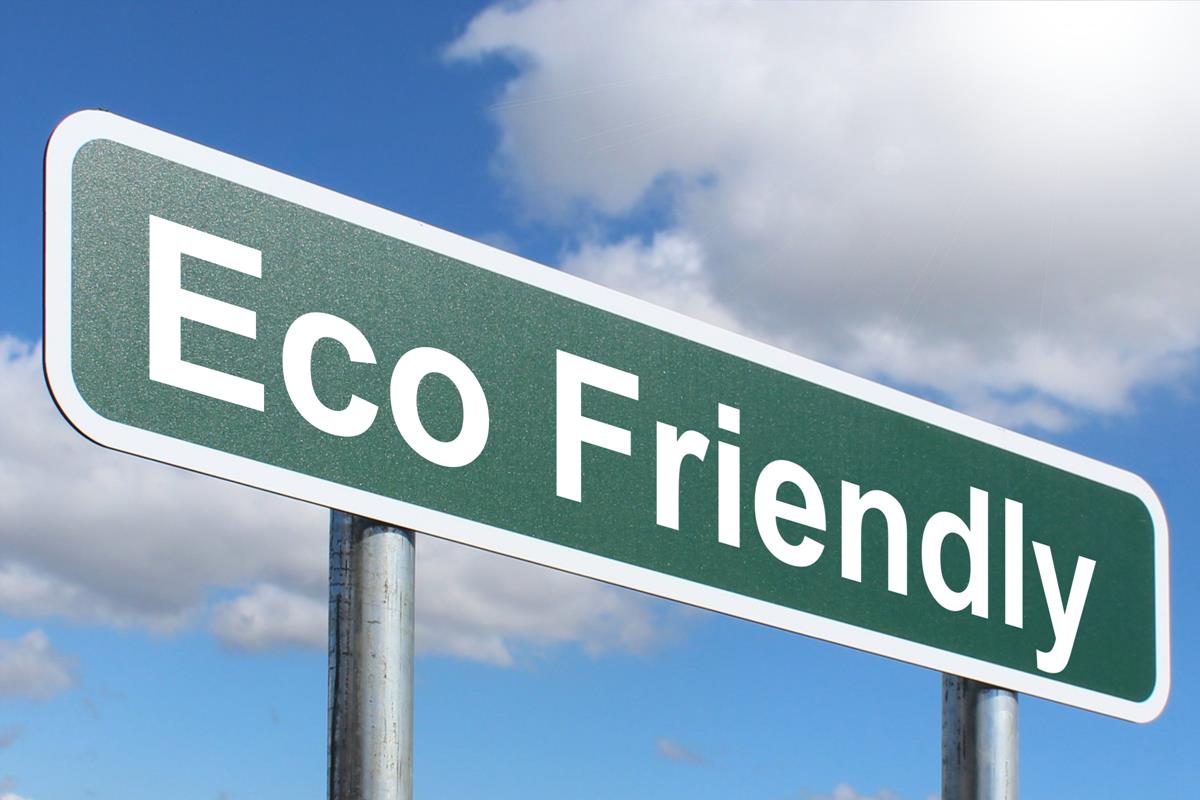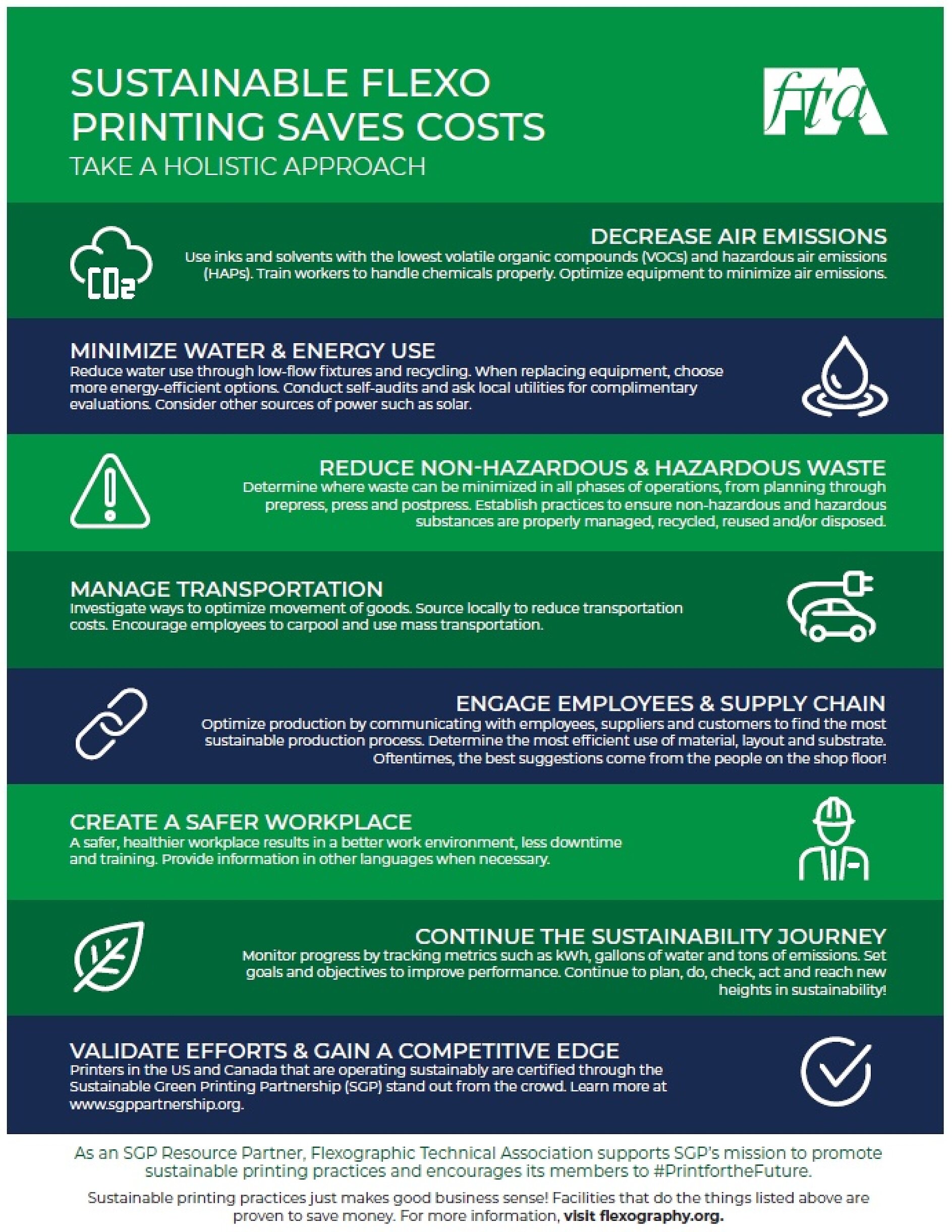
In a world where “going green” is all the rage, eco-conscious brands are popping up faster than you can say “renewable energy.” But with so many companies vying for the title of Mother Earth’s favorite child, how does a brand distinguish itself from the pack? The answer: a killer logo that screams “I recycle, therefore I am.” So grab your biodegradable pencils and strap on your solar-powered thinking caps, because we’re about to dive into the wild world of logo design for environmentally friendly brands!
branding“>Understanding the importance of eco-conscious branding
Eco-conscious branding isn’t just a trend, it’s a lifestyle! So, why should your brand hop on the green bandwagon? Well, here’s why:
First off, eco-conscious branding shows that your company cares about more than just making a quick buck. It demonstrates a commitment to our planet and a desire to make a positive impact. Plus, being environmentally friendly is all the rage these days – who wouldn’t want to be part of the cool kids club?
**Benefits of eco-conscious branding:**
- Boosts brand reputation
- Attracts eco-conscious consumers
- Differentiates your brand from competitors
So, if you want to stand out in a sea of boring brands, go green! Eco-conscious branding is not only good for the planet, but also good for your bottom line. Who knew saving the world could be so profitable?

Key elements to consider in eco-friendly logo design
When it comes to designing an eco-friendly logo, there are a few key elements to keep in mind to truly make a statement. First and foremost, incorporating elements of nature such as leaves, trees, or animals can help to create a connection with the environment. Think of ways to creatively incorporate these elements into your design to make it truly unique.
Next, consider using a color palette that reflects the natural world. Shades of green, blue, and earth tones can help to convey a sense of sustainability and harmony with nature. Avoid using bright, artificial colors that may detract from the eco-friendly message you are trying to convey.
Another important aspect to consider is the use of simple, clean lines in your logo design. Complex, intricate designs can often be overwhelming and may not effectively communicate your message. Keep it simple and streamlined to ensure that your eco-friendly message is front and center.
Lastly, don’t forget to incorporate symbols of sustainability such as recycling arrows, solar panels, or wind turbines into your logo design. These symbols can help to further emphasize your commitment to environmental responsibility and make your logo stand out in a crowded marketplace.
 sustainable brands”>
sustainable brands”>
Exploring color psychology for sustainable brands
When it comes to sustainable brands, color psychology plays a crucial role in conveying the brand’s values and connecting with consumers on a deeper level. By understanding the psychological effects of different colors, sustainable brands can effectively communicate their commitment to environmental responsibility and ethical practices.
Green, the color of nature and eco-friendliness, is the go-to choice for sustainable brands looking to convey a sense of sustainability and harmony with the environment. Blue, representing trust and dependability, is often used by sustainable brands to establish credibility and build lasting relationships with customers. Yellow, symbolizing energy and optimism, can be used to evoke feelings of positivity and creativity in consumers.
By incorporating a color palette that aligns with the values and messaging of a sustainable brand, companies can create a visually appealing and emotionally engaging brand identity that resonates with environmentally conscious consumers. From packaging design to social media visuals, color psychology offers endless opportunities for sustainable brands to make a meaningful impact in the ever-growing world of eco-conscious consumerism.
So, next time you’re designing for a sustainable brand, remember to think about the psychological impact of color choices. Whether you’re opting for calming greens, trustworthy blues, or energizing yellows, make sure your color palette speaks to the heart and soul of the brand’s sustainability mission. After all, a dash of color psychology can go a long way in creating a lasting impression on eco-minded consumers!

Incorporating nature-inspired imagery in logo design
can really help your brand stand out from the crowd. By using elements like trees, animals, or flowers, you can create a logo that feels fresh and inviting. Plus, who doesn’t love a good nature-themed logo?
One great way to incorporate nature-inspired imagery in your logo design is to use vibrant colors that pop. Think bright greens, blues, and yellows to really make your logo feel like a breath of fresh air. You could also use a fun font that mimics the shapes of leaves or petals to drive home the nature theme.
Another idea is to use a silhouette of a mountain or a tree as the focal point of your logo. This will instantly give your logo a natural, earthy vibe that customers will love. Plus, a simple silhouette can be easier to recognize and remember than a more complex design.
Don’t be afraid to get creative with your nature-inspired logo design. Play around with different elements and colors until you find a combination that feels just right. And remember, the more unique and memorable your logo is, the more likely customers are to remember your brand!

Choosing sustainable materials for logo production
When choosing materials for logo production, it’s important to consider the environmental impact of your choices. Opting for sustainable materials not only helps the planet, but it also makes you look like a responsible and eco-conscious business owner. Plus, who doesn’t love a good green initiative?
One great option for sustainable logo production is **recycled paper**. This Earth-friendly choice gives your logo a unique and natural texture while also reducing the demand for fresh paper production. Plus, it’s so trendy to go green these days, you’ll have all the hipsters swooning over your eco-friendly logo.
Another cool material to consider is **bamboo**. This fast-growing plant is not only renewable but also super durable. A bamboo logo will give off a chic and modern vibe while also showing your commitment to sustainability. Just be careful not to accidentally water your logo – we don’t want it sprouting roots and taking over your office!
For those looking for a more unconventional option, **cork** might be the way to go. This unique material is not only sustainable but also waterproof and fire-resistant. A cork logo will definitely stand out from the crowd and show that you’re not afraid to think outside the box (or bottle, in this case).
Case studies: successful eco-conscious branding through logo design
Let’s dive into some real-life examples of companies who nailed their eco-conscious branding through logo design:
1. Patagonia: Known for their commitment to environmental sustainability, Patagonia’s logo features a mountain range to symbolize their love for the great outdoors. The green color not only represents nature but also aligns with their eco-friendly mission.
2. The Body Shop: With a logo that includes a green leaf, The Body Shop communicates their dedication to using natural ingredients and promoting ethical sourcing. The simplicity of the design reinforces their message of purity and transparency.
3. Toms: Toms’ logo showcases a stylized tree to highlight their One for One program, where they plant a tree for every product sold. The earthy tones and organic feel of the logo resonate with customers who value sustainability.
FAQs
What are some key elements to include when designing a logo for an eco-conscious brand?
When designing a logo for an eco-conscious brand, it’s essential to incorporate elements that reflect the brand’s commitment to sustainability. Think leaves, trees, recycled materials, and anything else that screams “I care about the planet.”
How can color choices impact the message of a logo for an eco-conscious brand?
Color choices can make or break a logo for an eco-conscious brand. Opt for earthy tones like green, brown, and blue to convey a sense of nature and environmental responsibility. Avoid flashy neon colors unless you want people to think your brand is more about partying than protecting the planet.
What role does typography play in creating a logo for an eco-conscious brand?
Typography is crucial when designing a logo for an eco-conscious brand. Choose a font that is clean, modern, and easy to read to convey a sense of professionalism and trustworthiness. Cutesy, curly fonts might work for a bakery, but not for a brand that’s all about saving the environment.
How can simplicity enhance the impact of a logo for an eco-conscious brand?
Simplicity is key when it comes to designing a logo for an eco-conscious brand. A simple, clean design will make your logo more memorable and easier to recognize. Remember, less is more, especially when you’re trying to communicate a message of sustainability and environmental consciousness.
What are some common mistakes to avoid when designing a logo for an eco-conscious brand?
Avoid cliches like the plague when designing a logo for an eco-conscious brand. No more green leaves, swooping arrows, or globes. Be creative and think outside the box to create a logo that truly reflects your brand’s unique values and mission. And please, for the love of Mother Earth, don’t use Comic Sans.











